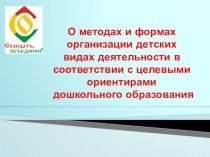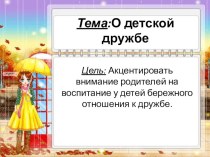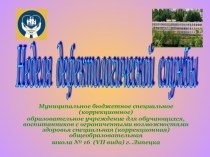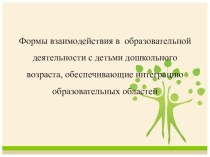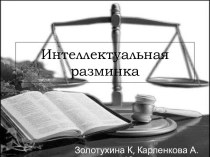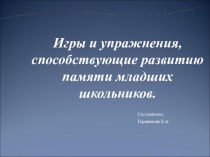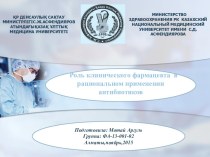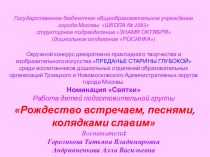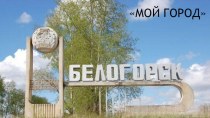- Главная
- Разное
- Бизнес и предпринимательство
- Образование
- Развлечения
- Государство
- Спорт
- Графика
- Культурология
- Еда и кулинария
- Лингвистика
- Религиоведение
- Черчение
- Физкультура
- ИЗО
- Психология
- Социология
- Английский язык
- Астрономия
- Алгебра
- Биология
- География
- Геометрия
- Детские презентации
- Информатика
- История
- Литература
- Маркетинг
- Математика
- Медицина
- Менеджмент
- Музыка
- МХК
- Немецкий язык
- ОБЖ
- Обществознание
- Окружающий мир
- Педагогика
- Русский язык
- Технология
- Физика
- Философия
- Химия
- Шаблоны, картинки для презентаций
- Экология
- Экономика
- Юриспруденция
Что такое findslide.org?
FindSlide.org - это сайт презентаций, докладов, шаблонов в формате PowerPoint.
Обратная связь
Email: Нажмите что бы посмотреть
Презентация на тему General problems of the teory of the word. motivation
Содержание
- 2. AimSelect all the problems of the theory of words and find out more about them
- 3. Plan1. General problems of the theory of
- 4. The problems associated with the definition of
- 5. It has its morphological structure, being acertain
- 6. 2. The Structure of the Word. Types
- 7. Affixation is the creation of a word
- 8. 4. ConversionConversion (zero derivation, root formation, functional
- 9. 6. ShorteningWord-building processes involve not only qualitative
- 10. The words formed from the initial letters
- 11. Скачать презентацию
- 12. Похожие презентации
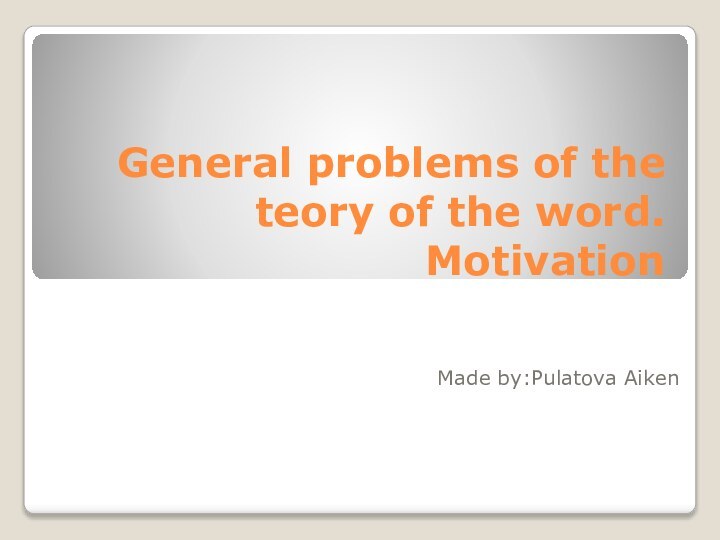
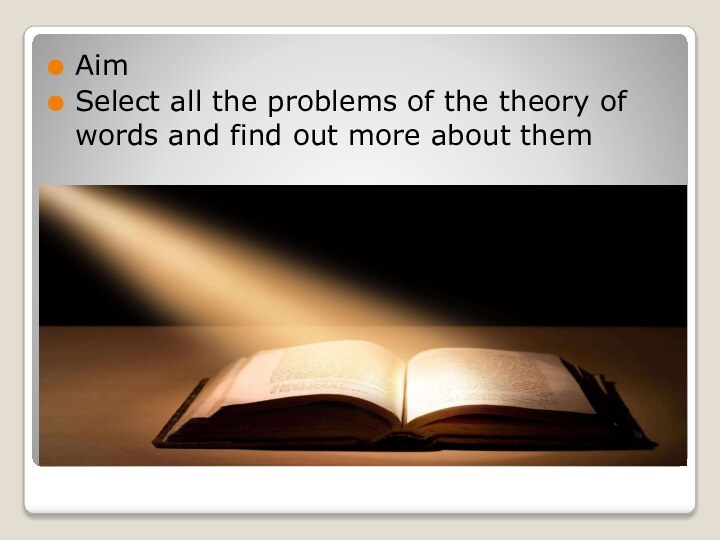
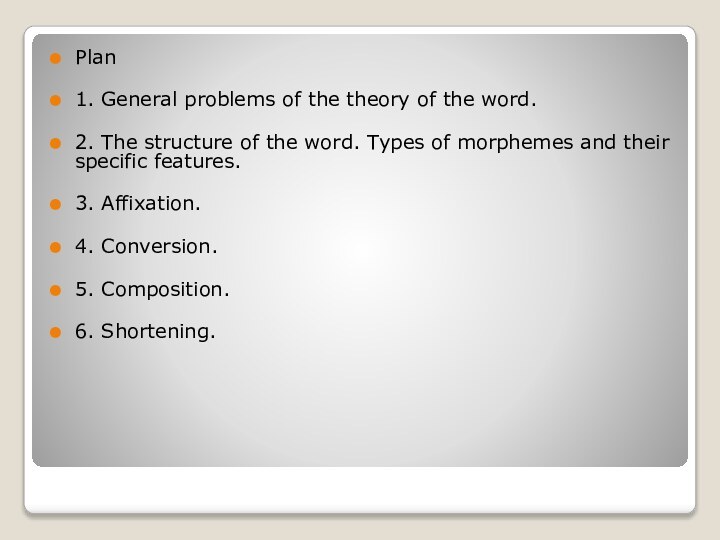


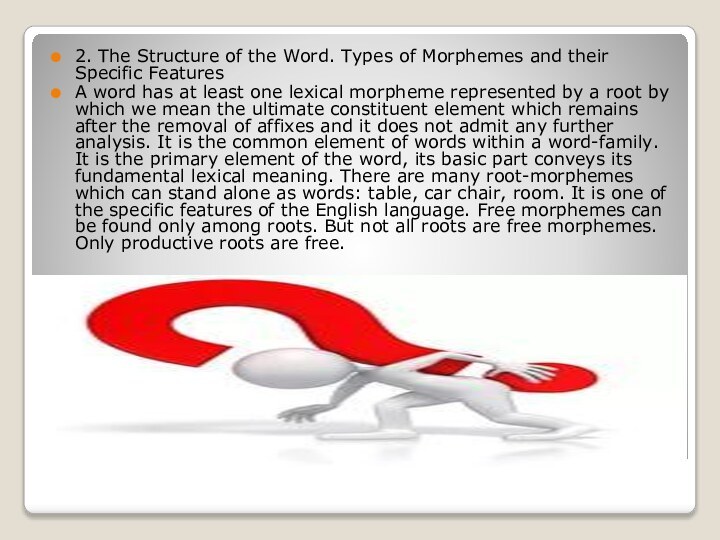



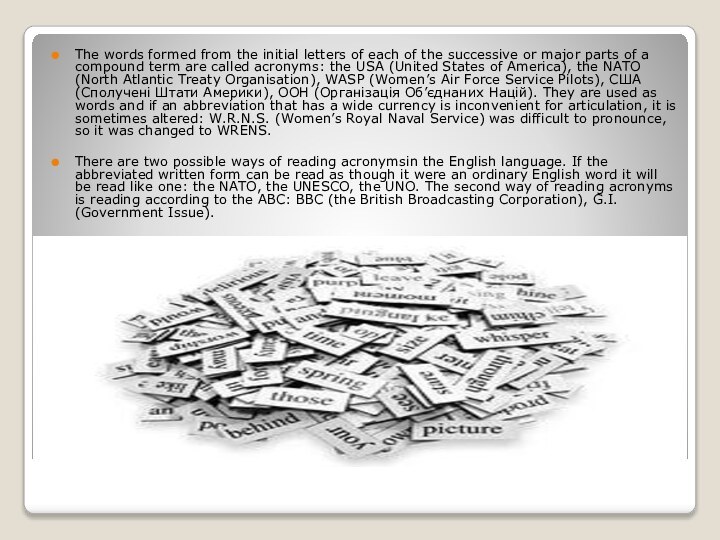
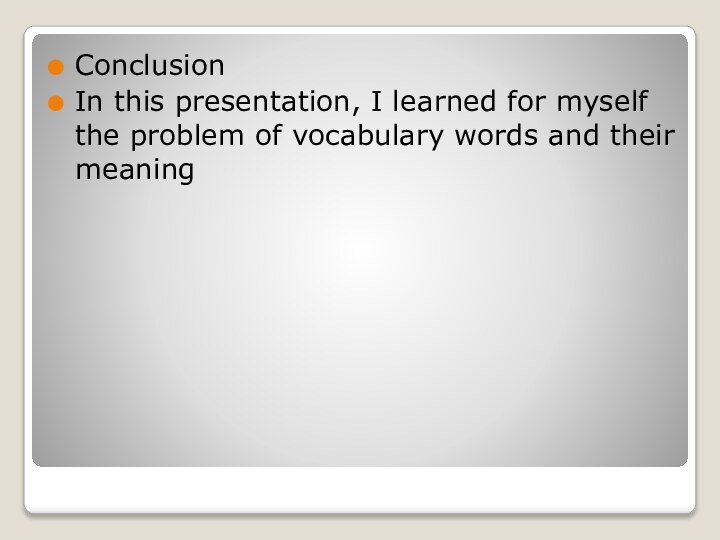
Слайд 3
Plan
1. General problems of the theory of the
word.
2. The structure of the word. Types of morphemes
and their specific features.3. Affixation.
4. Conversion.
5. Composition.
6. Shortening.
Слайд 4 The problems associated with the definition of the
word have always been most complex and remain disputable.
Determining the word involves considerable difficulties for the criteria employed in establishing it are of different character and each language presents a separate system with its own patterns of vocabulary items, its specific types of structural units and its own ways of distinguishing them. The matteris that the simplest word has many different aspects. It has a sound form because it is a certain arrangement of phonemes.Слайд 5 It has its morphological structure, being acertain arrangement
of morphemes.
Being the central element of any language system,
the word is a sort of focus for the problems of phonology, lexicology, syntax, morphology and also some other sciences that have to deal with language and speech, such as philosophy, psychology and probably quiteafew other branches of knowledge. All attempts to characterise the word are necessarily specificfor each domain of science and are considered one-sided by the representatives of all the other domains and criticised for incompleteness,Слайд 6 2. The Structure of the Word. Types of
Morphemes and their Specific Features
A word has at least
one lexical morpheme represented by a root by which we mean the ultimate constituent element which remains after the removal of affixes and it does not admit any further analysis. It is the common element of words within a word-family. It is the primary element of the word, its basic part conveys its fundamental lexical meaning. There are many root-morphemes which can stand alone as words: table, car chair, room. It is one of the specific features of the English language. Free morphemes can be found only among roots. But not all roots are free morphemes. Only productive roots are free.Слайд 7 Affixation is the creation of a word by
modifying its root with an affix. It is a
very productive type of word formation.Prefixes modify the lexical meaning of stems to which they are added. A prefixal derivative usually joins the part of speech the unprefixed word belongs to.
e.g.: definite – indefinite; convenient – inconvenient.
In a suffixal derivative the suffix does not only modify the lexical meaning of the stem it is affixed to, but the word itself is usually transferred to another part of speech.
e.g.: care(N) – careless (A), good (A) – goodness (N).
Слайд 8
4. Conversion
Conversion (zero derivation, root formation, functional change)
is the process of coining a new word in
a different part of speech and with different distribution characteristics but without adding any derivative element, so that the basic form of the original and the basic form of derived words are homonymous. This phenomenon can be illustrated by the following cases: work – to work, love – to love, water – to water.Many affixes are homonymous and therefore the general sound pattern does not contain any information as to the possible part of speech.
e.g.: maiden (N), darken (V), woollen (A), often (Adv).
Слайд 9
6. Shortening
Word-building processes involve not only qualitative but
also quantitative changes.
As a type of word-building shortening of
spoken words also called clipping, curtailment or contraction, is recorded in the English language as far back as 15 century. It is another fairly productive way of vocabulary enrichment. The moving force behind it is economy of effort expressed in the trend towards monosyllabism that has always been characteristic of the English vocabulary.The characteristic feature of graphical abbreviations is that they are restricted in use to written speech, occurring only in various kinds of texts, articles, books. In reading many of them are substituted by the words and phrases that they represent: Mr (Mister), Oct. (October). It is natural that some graphical abbreviations should gradually penetrate into the sphere of oral intercourse : SOS (Save our Souls), MP (Member of Parliament).
Слайд 10 The words formed from the initial letters of
each of the successive or major parts of a
compound term are called acronyms: the USA (United States of America), the NATO (North Atlantic Treaty Organisation), WASP (Women’s Air Force Service Pilots), США (Сполучені Штати Америки), ООН (Організація Об’єднаних Націй). They are used as words and if an abbreviation that has a wide currency is inconvenient for articulation, it is sometimes altered: W.R.N.S. (Women’s Royal Naval Service) was difficult to pronounce, so it was changed to WRENS.There are two possible ways of reading acronymsin the English language. If the abbreviated written form can be read as though it were an ordinary English word it will be read like one: the NATO, the UNESCO, the UNO. The second way of reading acronyms is reading according to the ABC: BBC (the British Broadcasting Corporation), G.I. (Government Issue).
